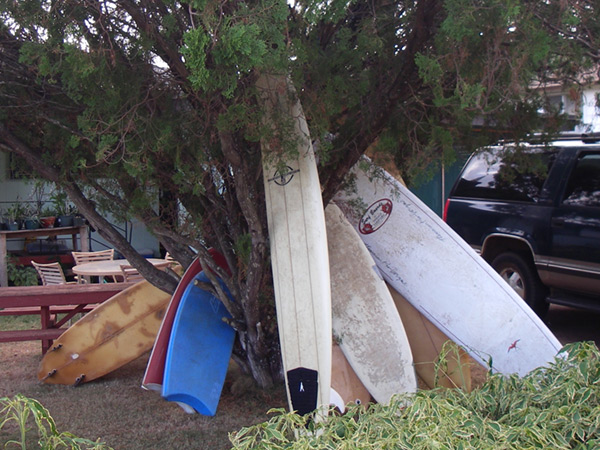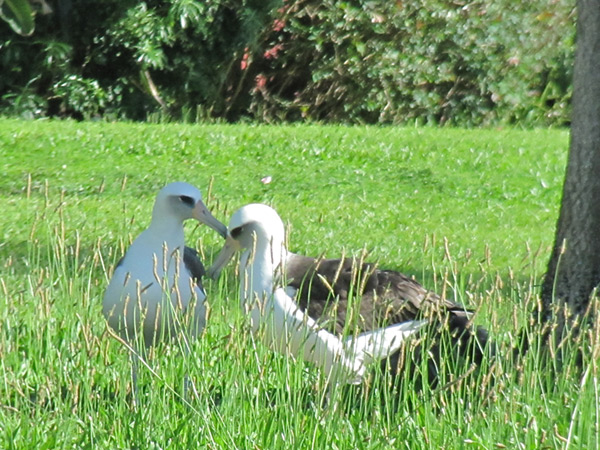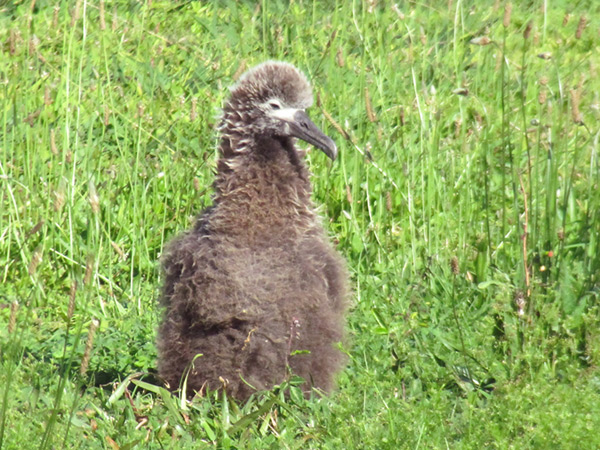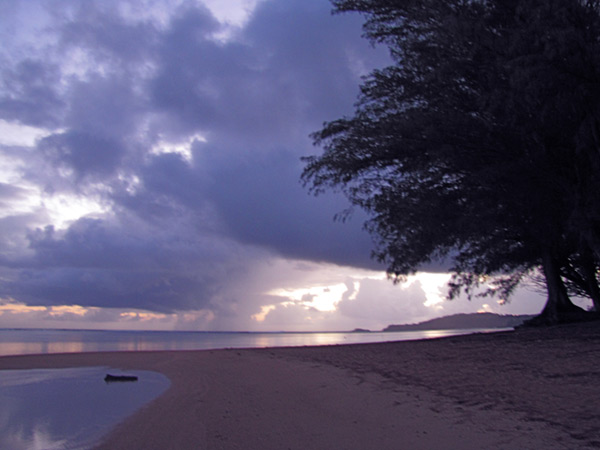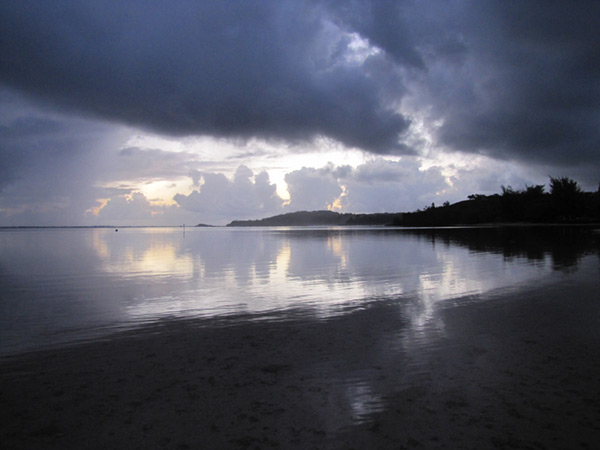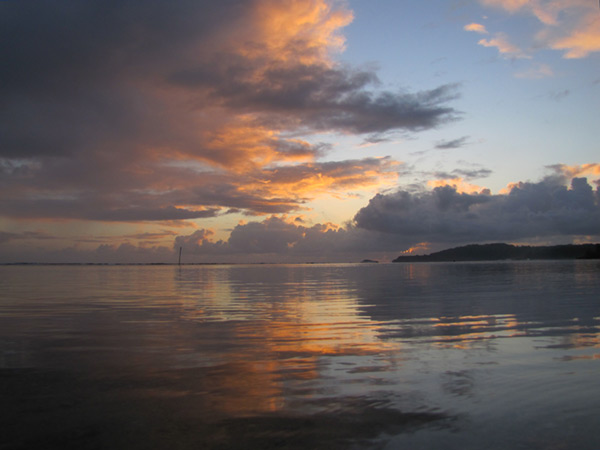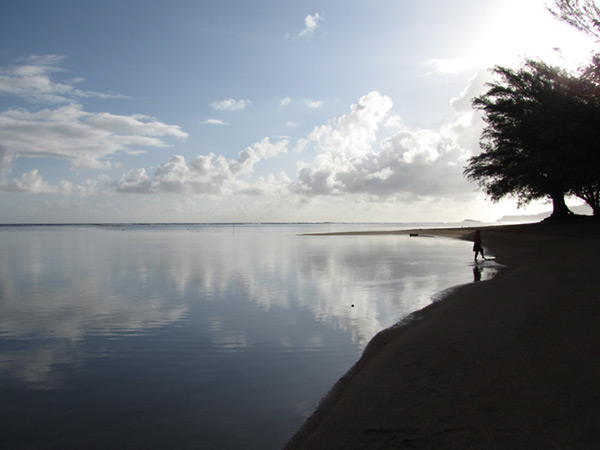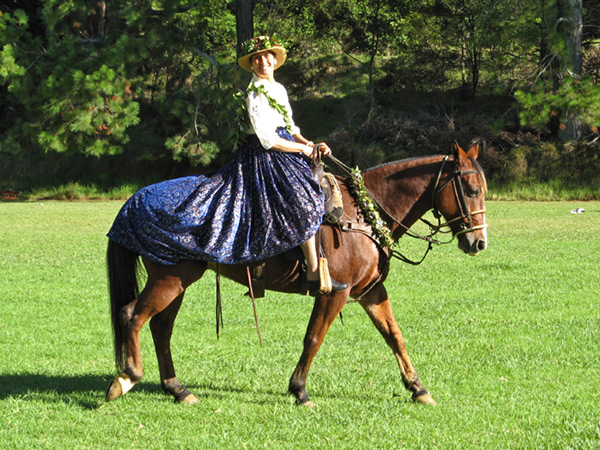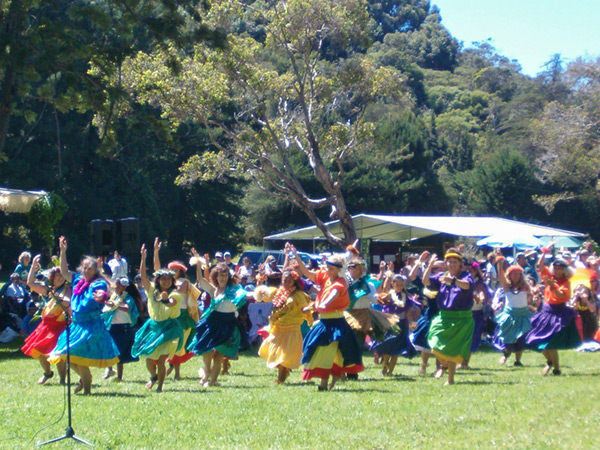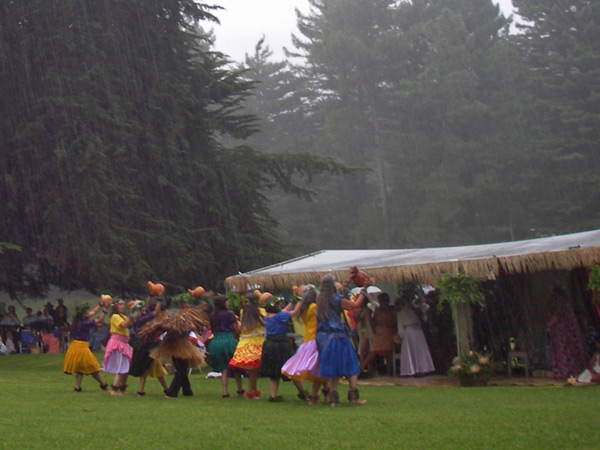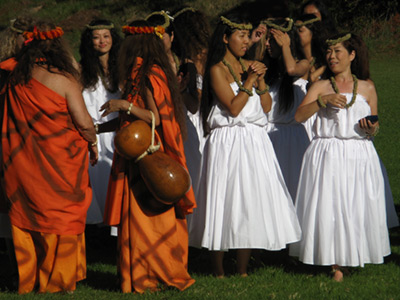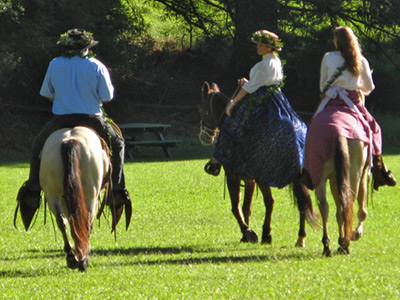Friday, Feb 26th, 2010 by
Andy |
1 Comment
Filed under:
California,
Maps,
Neighbor Islands
A recent comment got me searching:
Are there no geothermal energy plants that produces electric in Kauai ?
Greetings from Iceland ;)
Velkominn! Eftir því sem ég best veit, nei. (Welcome! As far as I know, no.)
But there’s a map for that:
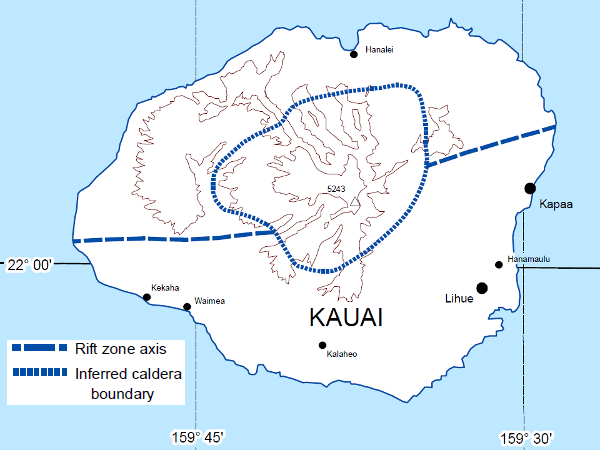
These maps were produced in 2000 by GeothermEx, a “geothermal exploration, development, and operations” company based in the Bay Area of California. Not much to see there, especially when compared to the active volcano on the Big Island. On the following map, the red areas are “high temperature resource areas,” and the numbers associated with them are the “probability of high temperature” (high enough for geothermal exploitation, I assume).
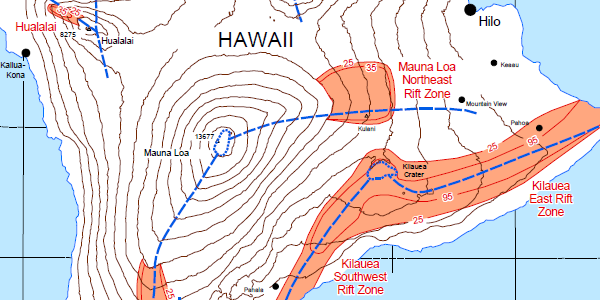
There is a 30 MW geothermal plant in that red area, near the town of Pahoa. It provides 20-25% of the electricity for the Big Island. However, it is not without controversy: as carbon-free as the electricity is, they do have to clear the rain-forest (and the endagered species it supports) wherever they drill, and there have been issues with a hydrogen sulfide gas leak back in the 90’s. Plus they actually drilled a hole down to magma at one point, though there is apparently no danger of it gushing out.
So the hot spot on the crust has moved too far from Kaua’i, about 330 miles (530 km) from the summit of Wai’ale’ale to Kilauea. Kaua’i is an extinct volcano and there is no heat left underneath. What I find interesting in that first map is that they show the estimated location of the caldera and major rift zones on Kaua’i. I’ve never seen such a map, and I’m wondering whether the location of those features is based on previous research or some new interpretation of data.
However, Google found a brochure about geothermal in Hawaii with a map that includes some shading on Kaua’i. Even though it seems to show the location of the geothermal plant on the Big Island, none of the other shaded regions match the scientific maps, so I think this is “only for illustration:”
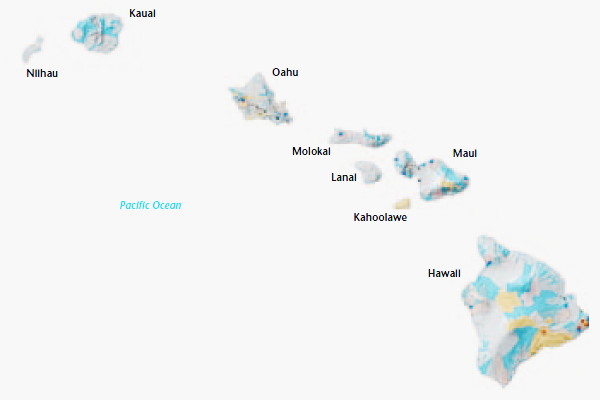
And here’s a connection between Hawaii and Iceland: the University of Hawaii School of Ocean and Earth Science and Technology had an expedition to the underwater Reykjanes Ridge in the summer of 2007. They have an expedition website with geologic maps of Iceland and lots of photos of their research cruise.
PS: There is geothermal energy tapped here in California, a lot of it: 13,000 GWh or 433,333 times as much as in Hawaii, yet it only supplies 4% of state usage. I’m not sure the numbers are comparable, however, because that includes such things as 160 degree water used for heating a school (still good though).
